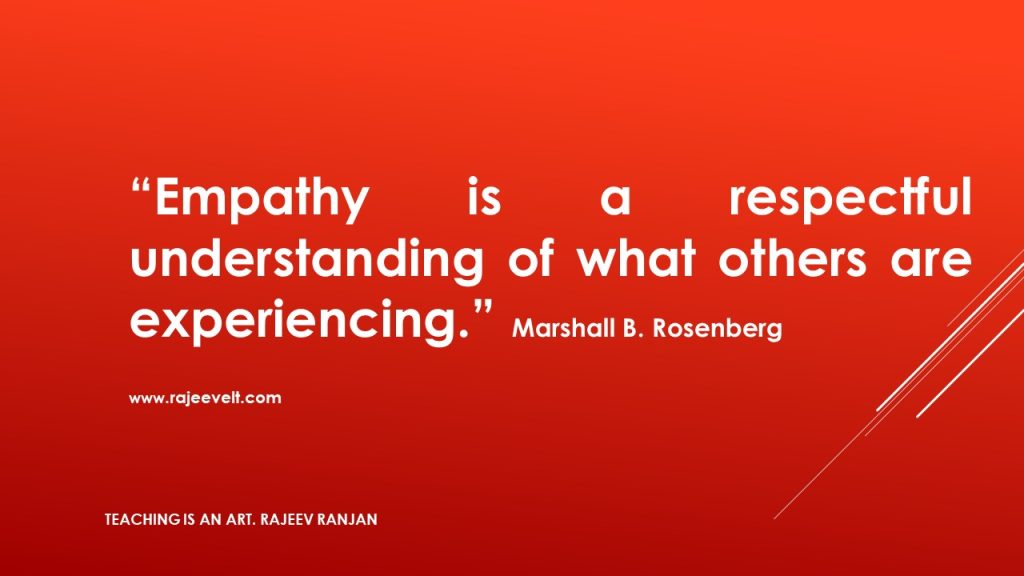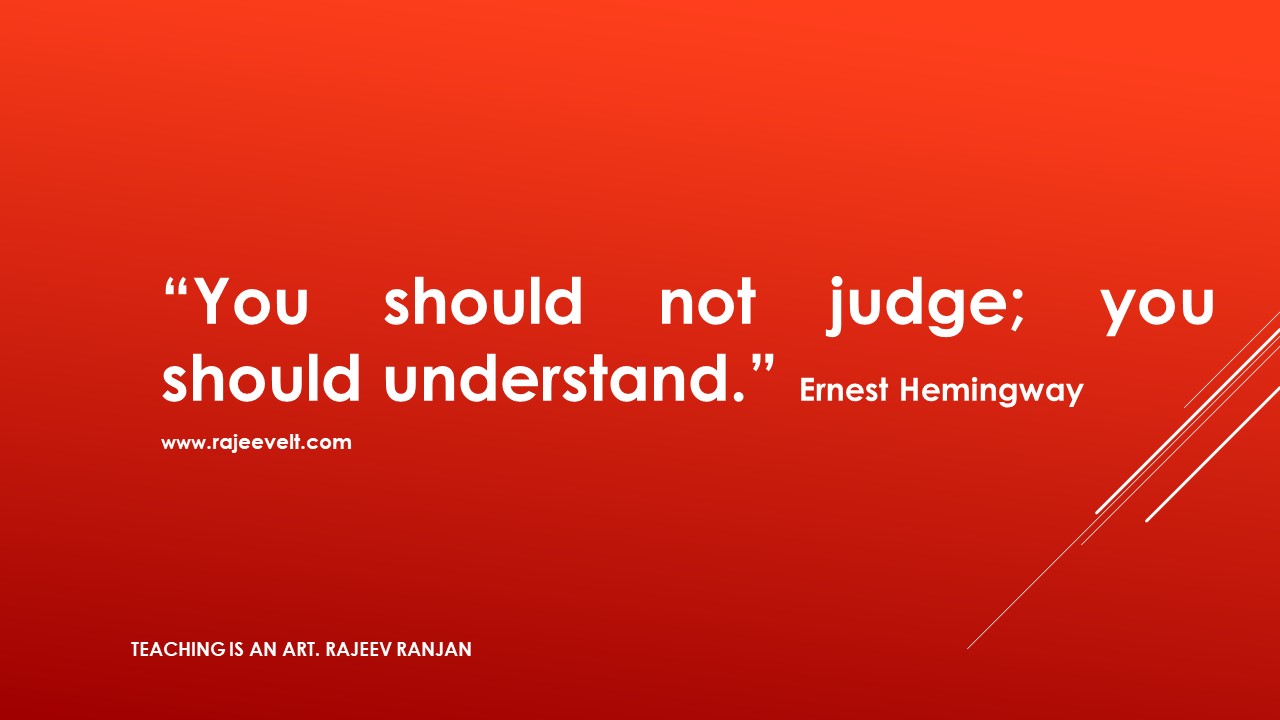
What is empathy?
Empathy is the ability to understand and share the feelings, emotions, and perspectives of others. It involves putting oneself in someone else’s shoes and experiencing the world from their point of view. Empathy allows individuals to connect with others on an emotional level, to show compassion, and to respond to others’ needs with care and understanding.
There are generally three types of empathy:
Cognitive Empathy:
Also known as perspective-taking, cognitive empathy involves understanding someone else’s emotions and point of view. It allows you to intellectually grasp and appreciate what another person might be feeling or thinking.
Emotional Empathy:
Emotional empathy is the ability to share and actually feel the emotions that another person is experiencing. It involves mirroring or resonating with someone else’s emotional state, which can lead to a sense of compassion and a desire to help or support them.
Compassionate Empathy:
This type of empathy combines cognitive and emotional empathy. It involves not only understanding and sharing someone’s emotions but also being motivated to take action and help alleviate their suffering or address their needs.
Empathy is a fundamental aspect of human connection, communication, and relationships. It plays a crucial role in fostering understanding, cooperation, and social cohesion, as it allows individuals to bridge the gap between their own experiences and those of others. Empathy is often considered a valuable trait in various contexts, including personal relationships, healthcare, counseling, leadership, and conflict resolution.


Ten Strategies and Tips for Developing Empathy Skills in School
Developing empathy skills among students is crucial for fostering a compassionate and understanding society. Here are some strategies that can help promote empathy development in students:
Promote Perspective-Taking:
Encourage students to consider different perspectives and put themselves in others’ shoes. Engage them in activities such as role-playing, debates, or discussions that require understanding diverse viewpoints and experiences.
Model Empathy:
Teachers and adults play a vital role in modeling empathetic behavior. Show empathy in your interactions with students and demonstrate understanding and kindness towards others. Students learn by observing and imitating, so be a positive role model.
Encourage Active Listening:
Teach students the importance of active listening. Help them understand that listening attentively without interrupting, judging, or formulating responses fosters empathy. Practice active listening exercises where students reflect back what they’ve heard to ensure understanding.
Cultivate Emotional Awareness:
Help students identify and understand their own emotions and those of others. Incorporate activities like journaling, mindfulness exercises, or discussions about emotions to increase emotional literacy and sensitivity.
Foster Cultural Understanding:
Encourage students to appreciate and respect different cultures, beliefs, and backgrounds. Provide opportunities for students to learn about diverse cultures through literature, guest speakers, or multicultural events. This cultivates empathy towards individuals from various backgrounds.
Engage in Perspective-Broadening Activities:
Expose students to different experiences, challenges, and real-life stories that highlight different perspectives and life circumstances. This could include community service projects, volunteering, or visiting places that promote empathy, such as museums or cultural centers.
Encourage Empathy in Literature and Media:
Introduce literature, movies, and media that depict characters with diverse experiences and emotions. Discuss these narratives, highlighting the characters’ feelings and motivations, and encourage students to connect and empathize with their struggles.
Practice Cooperative Learning:
Incorporate cooperative learning strategies where students work together in groups or pairs towards a common goal. This promotes collaboration, understanding, and empathy as students learn to value and rely on each other’s contributions.
Resolve Conflicts with Empathy:
Teach conflict resolution skills that emphasize empathy and understanding. Encourage students to listen to each other’s perspectives, express their feelings constructively, and seek win-win solutions.
Foster a Supportive Classroom Environment:
Create a classroom culture that values empathy, kindness, and inclusivity. Set clear expectations for respectful behavior, discourage bullying, and encourage students to support and stand up for each other.
Empathy is a skill that can be developed and strengthened over time. Consistently practicing these strategies and integrating empathy-building activities into the curriculum can help students become more empathetic, compassionate individuals.
Resources and Learning Resources Web-links
https://www.rajeevelt.com/how-is-develop-socio-emotional-intelligence-in-school/rajeev-ranjan/



